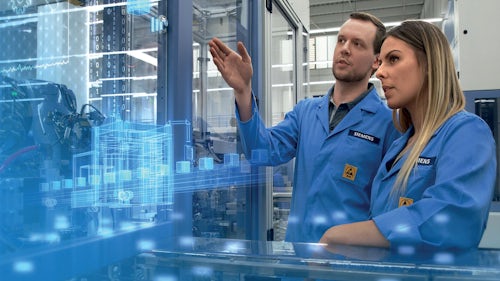Maximizing electronics manufacturing operations performance with a smart factory
Download this white paper to learn more about smart factories.
An electronics smart factory offers complete shop-floor connectivity
A cloud-based manufacturing operations management (MOM) system collects information from resources, enabling manufacturers to maximize operations performance. With shop floor insight, teams can provide much better and more adaptive factory maintenance systems and processes, thus ensuring high uptime and better productivity.
Information collected during production from the process, part, product and production resources is shared with the product design and manufacturing planning departments. The information helps to improve the product, make the manufacturing process more robust, and help the production management personnel identify best practices by comparing production processes in different plants around the globe.
Smart factory and systems maximize electronics manufacturing shop floors
The shop floor is an integral part of the digital thread, using one communication and automation standard for all manufacturing technologies, allowing plug-and-play configuration and use. Smart factories use integrated monitoring to allow for a self-adjusting decision-making process. The information rendered by the digital thread is studied and analyzed using artificial intelligence (AI) technology, and its main findings are sent back to product development, manufacturing planning or facility planning.
